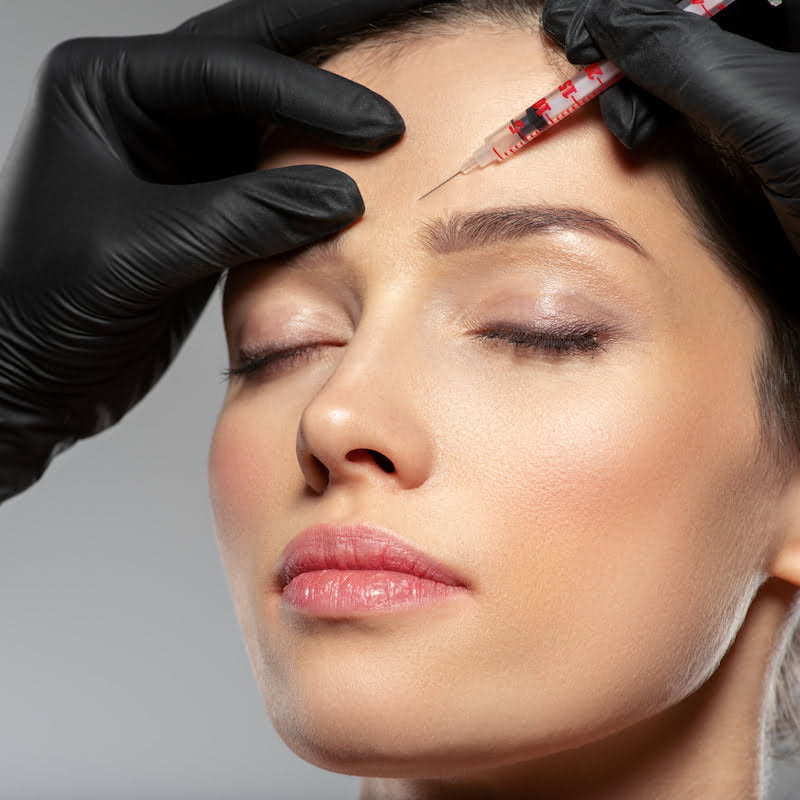- Average length of stay: 2 Day
- Length of stay in hospital: 0 Day
- Operation Duration: 40 Minutes
- Anesthesia: Local Anesthesia
- Recovery duration: 7 Days

Botulinum Toxin Type A: A Comprehensive Guide
Introduction
Welcome to our comprehensive guide on Botulinum Toxin Type A, a powerful substance with diverse applications in the field of medicine and cosmetics. This guide aims to provide valuable insights into the uses, benefits, and safety considerations of Botulinum Toxin Type A.
Section 1: Understanding Botulinum Toxin Type A
1.1 What is Botulinum Toxin Type A?
Botulinum Toxin Type A is a neurotoxic protein produced by the bacterium Clostridium botulinum. It is widely known for its ability to temporarily paralyze muscles, making it a key component in various medical and cosmetic procedures.
1.2 Mechanism of Action
Explore the fascinating mechanism by which Botulinum Toxin Type A works, inhibiting neurotransmitter release and effectively reducing muscle contractions.
Section 2: Medical Applications
2.1 Muscle Spasms and Neurological Disorders
Learn about the therapeutic use of Botulinum Toxin Type A in treating muscle spasms, migraines, and various neurological disorders, providing relief to patients with chronic conditions.
2.2 Hyperhidrosis Treatment
Discover how Botulinum Toxin Type A is employed to address hyperhidrosis (excessive sweating), offering a minimally invasive solution for those seeking relief from this common condition.
Section 3: Cosmetic Uses
3.1 Wrinkle Reduction
Explore the aesthetic benefits of Botulinum Toxin Type A in reducing the appearance of fine lines and wrinkles, providing individuals with a non-surgical option for facial rejuvenation.
3.2 Brow Lift and Facial Contouring
Delve into the cosmetic applications, including how Botulinum Toxin Type A is utilized for achieving a subtle brow lift and enhancing facial contours.
Section 4: Safety Considerations
4.1 Risks and Side Effects
Understand the potential risks and side effects associated with Botulinum Toxin Type A, ensuring informed decision-making for both patients and practitioners.
4.2 Dosage and Administration Guidelines
Explore the importance of proper dosage and administration techniques to maximize the benefits of Botulinum Toxin Type A while minimizing risks.
Conclusion
In conclusion, Botulinum Toxin Type A has revolutionized both medical and cosmetic fields, providing effective solutions for various conditions. Stay informed and make confident choices by understanding the applications, benefits, and safety considerations of this remarkable substance.
For personalized advice and treatment options, consult with a qualified healthcare professional or licensed practitioner.
Botulinum Toksin Tip A, short for botulinum toxin, is a neurotoxin produced by the bacterium Clostridium botulinum. While it is toxic in high doses, when used in small, controlled amounts, it can be used to temporarily paralyze muscles in the face that cause wrinkles and fine lines. Botulinum Toksin Tip A injections are typically used to treat crow’s feet, frown lines, and forehead wrinkles, as well as other facial lines and creases.
Filler, also known as dermal filler or soft tissue filler, is a gel-like substance that is injected into the skin to add volume and smooth out wrinkles and fine lines. There are several types of fillers available, including hyaluronic acid fillers, which are the most commonly used, as well as collagen and calcium hydroxylapatite fillers. Fillers are often used to treat nasolabial folds, marionette lines, and wrinkles around the mouth, as well as to enhance lip volume and shape.
Botulinum Toksin Tip A injections work by blocking signals from nerves to the muscles, which prevents them from contracting and forming wrinkles. When injected into the targeted muscles, Botulinum Toksin Tip A temporarily relaxes them, which can reduce the appearance of fine lines and wrinkles.
Filler injections work by adding volume to the skin and stimulating the body’s natural collagen production. Hyaluronic acid fillers, for example, are made of a substance that is naturally found in the body, and when injected, they attract water to the area, which adds volume and plumps up the skin. Over time, the body absorbs the filler, and the effects gradually wear off.
Botulinum Toksin Tip A and filler injections are typically performed in a doctor’s office or medical spa, and the procedure usually takes about 15 to 30 minutes to complete. Before the procedure, the area being treated will be cleaned, and the doctor or nurse may apply a topical anesthetic to numb the area and minimize discomfort. The injections themselves are typically done with a very fine needle, and most people experience little to no pain during the procedure.
After the procedure, you may experience some minor swelling, redness, or bruising at the injection site, but these side effects usually subside within a few days. You should avoid rubbing or massaging the treated area, as this can cause the filler to shift or the Botulinum Toksin Tip A to spread to unintended areas. You may also be advised to avoid strenuous exercise, saunas, or steam rooms for the first 24 to 48 hours after the procedure.
While Botulinum Toksin Tip A and filler injections are generally considered safe, there are some risks and potential side effects to be aware of. These can include allergic reactions, infection, and asymmetry or lumps in the treated area. It’s important to choose a qualified and experienced injector, and to discuss any concerns or questions you may have with your doctor or nurse before the procedure.
In conclusion, Botulinum Toksin Tip A and filler injections can be a safe and effective way to
